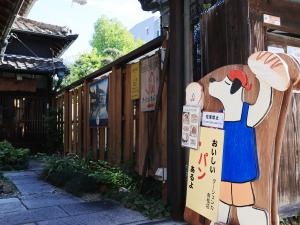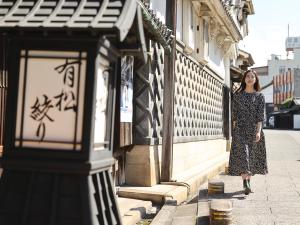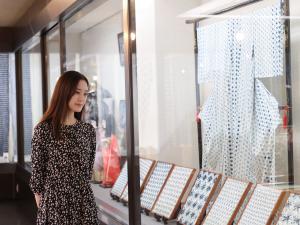- HOME
- Search in the site
- Arimatsu-Narumi Tie-Dyeing Museum / Arimatsu Narumi Traditional Townscape
Nagoya-City Arimatsu-Narumi Tie-Dyeing Museum / Arimatsu Narumi Traditional Townscape
Arimatsu, Narumi, Traditional Town of Traditional Tie-Dyed Textiles
In the south-eastern suburbs of Nagoya is Arimatsu, a small town that seems to have been caught in a time slip. Old houses, shops, and warehouses from the samurai period line a narrow street that was once the great Tokai Road, the ancient highway linking the Capital, Kyoto, and Edo, seat of the Shogun’s power.
Arimatsu became famous and prosperous from around 1608 for its Arimatsu Narumi Shibori is an intricate, time consuming traditional tie-dyeing technique that leads to stunningly beautiful, complex patterns. The high quality tie-dyed cloth became prized nationwide, particularly as large numbers of samurai, merchants, pilgrims and townsfolk passed through the dyeing and textiles village, and purchased the dyed items as gifts and for personal use.
Japan had a long history of Shibori tie-dyeing, but the artisans of Arimatsu developed and refined the art into a sophisticated, decorative process. Guide patterns allowed the artisans using special stands and metal hooks to perfectly align the many hundreds of thousands of repetitive, knotted-off loop sections creating the complex patterns. Understandably, bolts of cloth for kimono, or lighter summer yukata wear took many months to prepare before the dyeing processes took place. The results were absolutely stunning.











































 Keyword
Keyword






